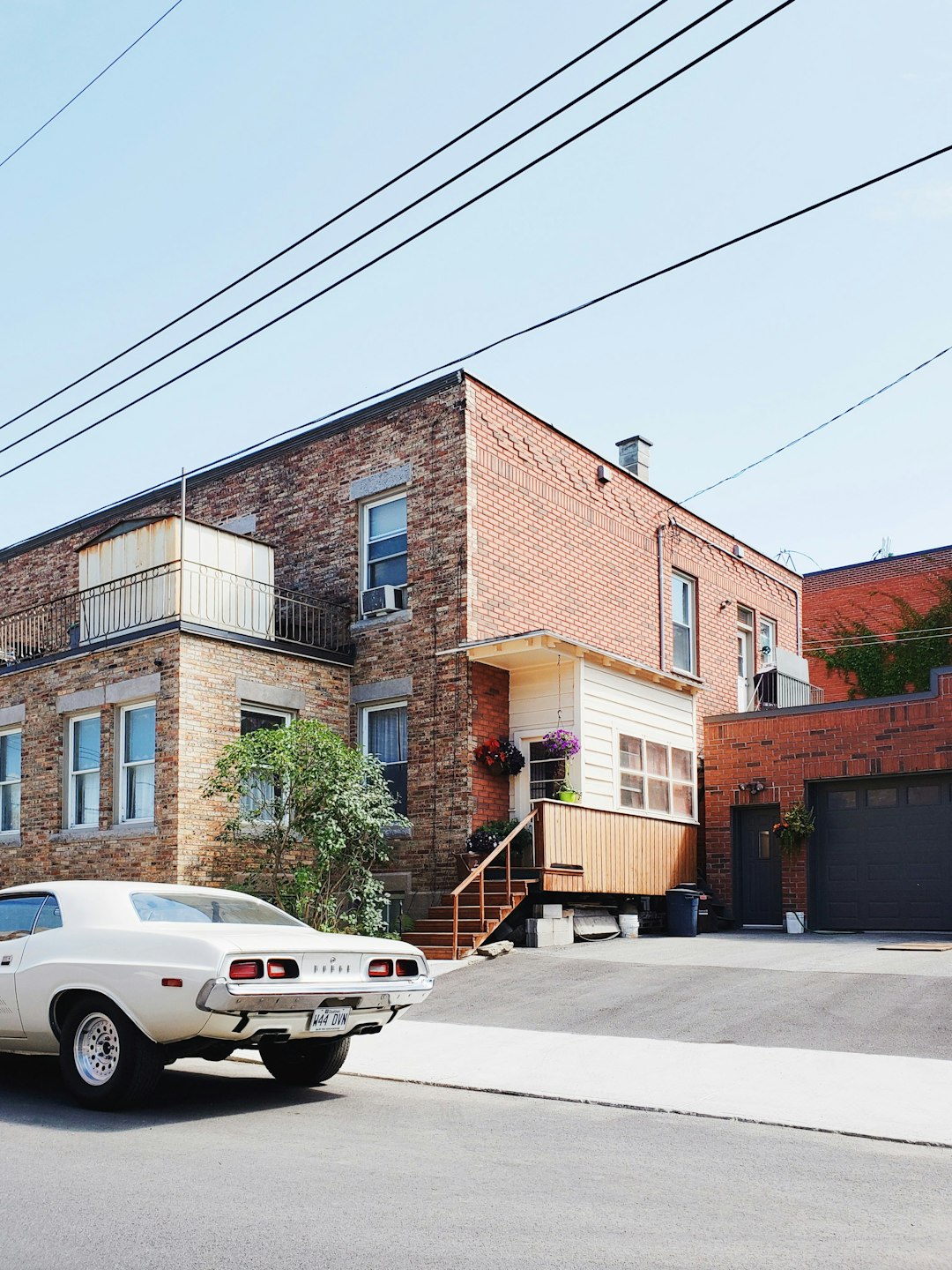
When it comes to industrial settings, painting is not just about aesthetics. It plays a crucial role in enhancing efficiency, improving safety, and increasing the lifespan of equipment and structures. Industrial painting goes beyond slapping a fresh coat of paint on surfaces. It involves meticulous planning, specialized techniques, and high-quality materials. In this comprehensive guide, we will explore the ins and outs of industrial painting, providing you with the knowledge to make informed decisions and achieve outstanding results.
1. Understanding the Importance of Industrial Painting
Industrial painting serves various purposes. It acts as a protective barrier against corrosive substances, moisture, and extreme temperatures. This helps prevent rust, decay, and deterioration, thereby extending the lifespan of equipment and structures. Furthermore, a well-maintained and visually appealing environment boosts employee morale and creates a positive impression for clients or visitors.
2. Preparing for Industrial Painting
Proper preparation is key to achieving a durable and visually appealing paint job. Start by thoroughly cleaning the surfaces to remove dirt, grease, and loose paint. Use sandpaper or other appropriate tools to remove any rust or rough spots. Repair any damages or imperfections to ensure a smooth and even surface. Lastly, protect surrounding areas and equipment to prevent any accidental overspray or damage.
3. Choosing the Right Paint
Selecting the right type of paint is crucial for achieving optimal results. Consider factors such as the surface material, environmental conditions, and the desired outcome. Epoxy coatings are popular for their durability and resistance to chemicals, making them ideal for industrial environments. Alkyd and acrylic paints are commonly used for general purposes, while high-temperature coatings withstand extreme heat. Consult with a professional to determine the most suitable paint for your specific needs.
4. Applying Industrial Paint
Proper application techniques are essential to ensure a flawless finish. Use spray guns, rollers, or brushes, depending on the size and complexity of the surfaces. Pay attention to proper coverage and thickness, as inadequate or excessive paint can compromise the durability and visual appeal of the finish. Follow the manufacturer’s instructions regarding drying times and curing processes to achieve optimal results.
5. Health and Safety Considerations
Industrial painting often involves working with hazardous materials and in challenging environments. Prioritize safety by providing adequate personal protective equipment (PPE) to workers, such as respirators, gloves, and goggles. Ensure proper ventilation to minimize exposure to harmful fumes. Regularly inspect and maintain your PPE and provide appropriate training to employees to avoid accidents and health risks.
6. Maintenance and Repairs
To maximize the longevity of your industrial paint job, regular maintenance is essential. Inspect surfaces for any signs of damage, such as peeling, cracking, or chipping. Promptly address any issues to prevent further deterioration. Regular cleaning and touch-ups can also help maintain the appearance and integrity of the paint. Consider implementing a maintenance schedule to ensure long-lasting results.
7. Hiring Professional Industrial Painters
While some small-scale painting projects can be undertaken in-house, larger and more complex jobs should be left to professional industrial painters. They have the expertise, experience, and specialized equipment to handle the unique challenges of industrial painting. Research and choose a reputable and reliable painting contractor who understands your specific requirements and can deliver exceptional results within budget and timeline constraints.
In conclusion, industrial painting is far from a simple task. It requires careful planning, proper preparation, the right materials, and skilled execution. By understanding the importance of industrial painting, choosing the appropriate paint, following proper application techniques, prioritizing health and safety, and maintaining the paint job, you can optimize efficiency, increase durability, and create a visually appealing environment. When in doubt, consulting with professional industrial painters can help you achieve outstanding results. So, get ready to transform your industrial space with the power of paint!
I do agree with all the ideas you have introduced on your post They are very convincing and will definitely work Still the posts are very short for newbies May just you please prolong them a little from subsequent time Thank you for the post